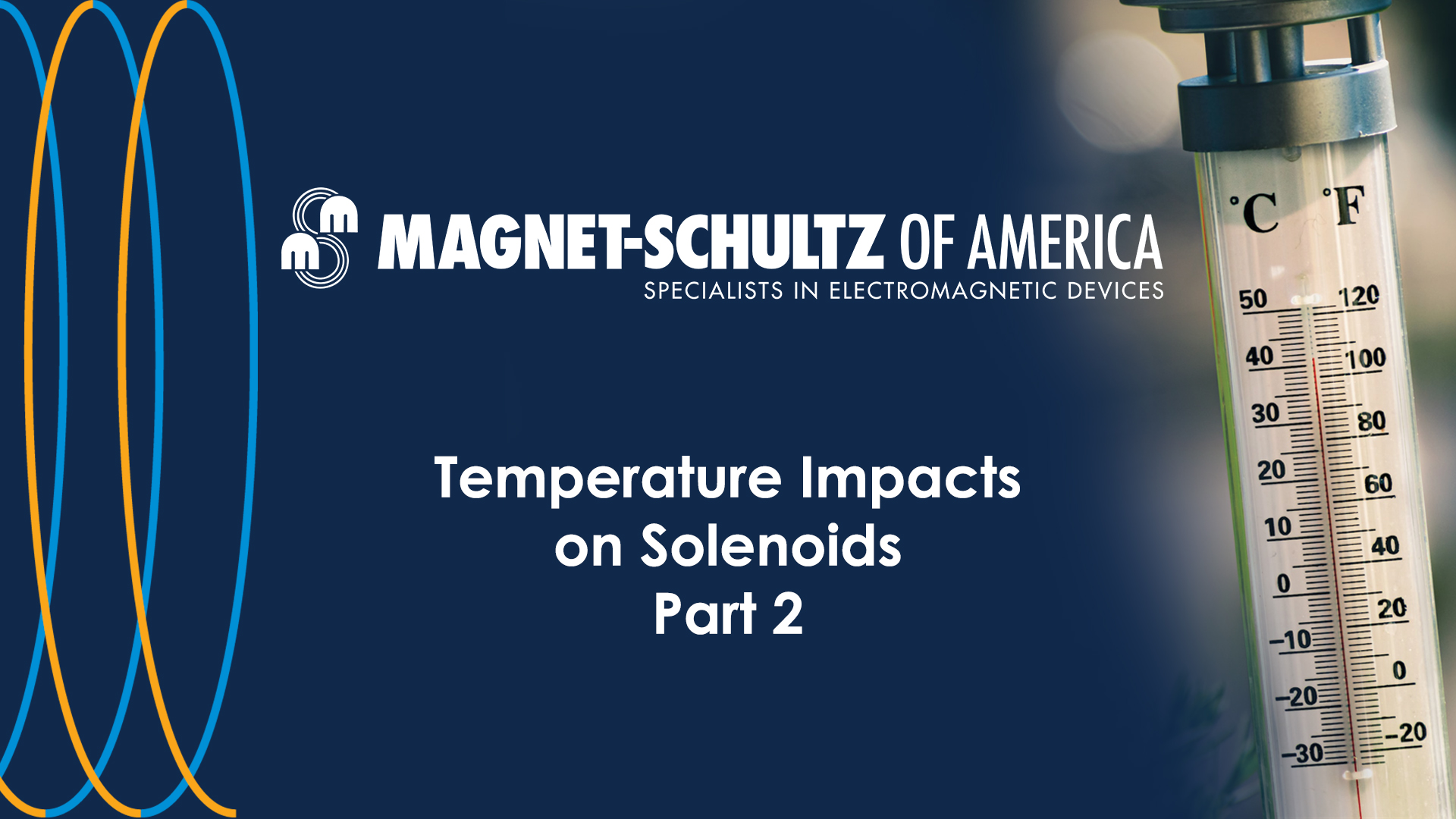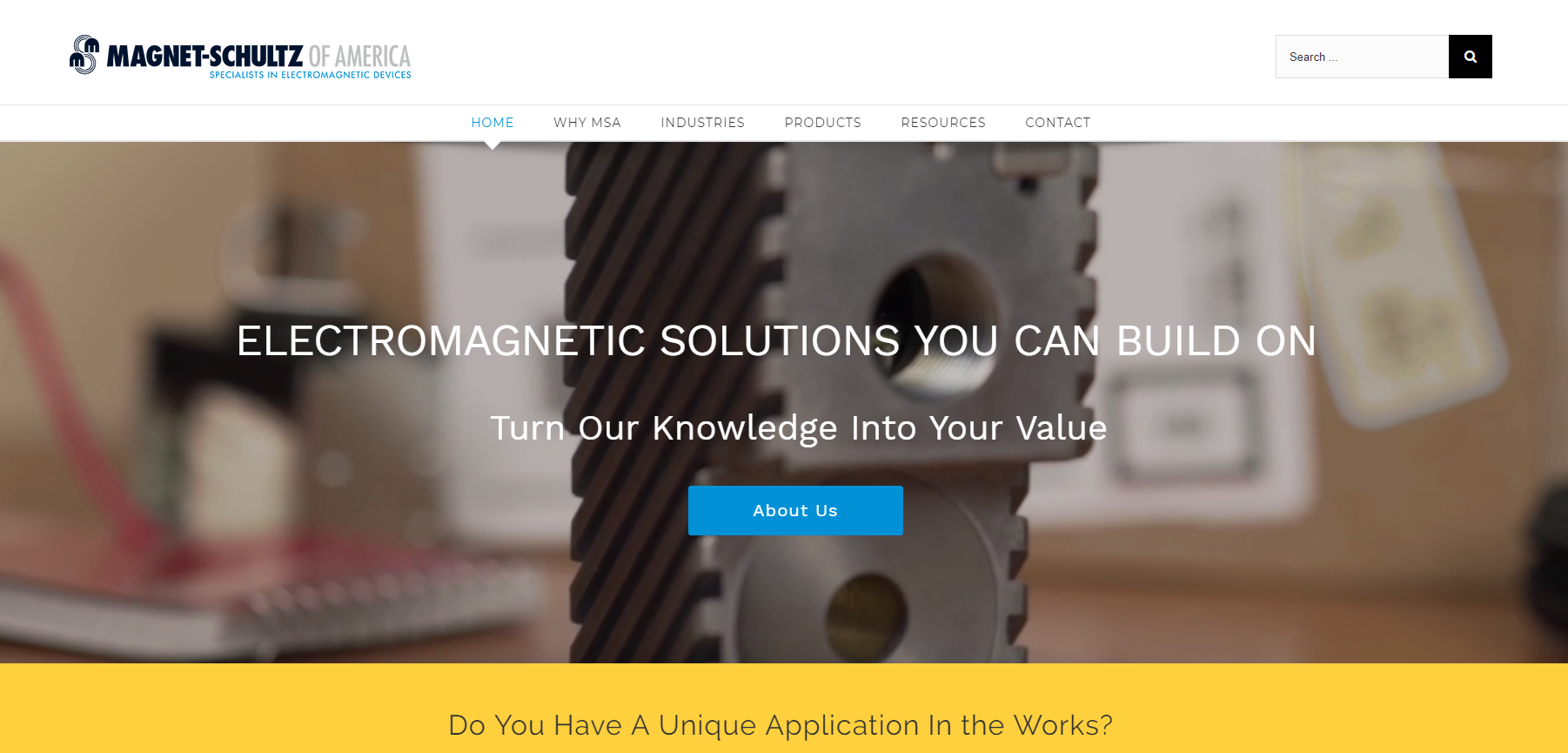Electromagnets are a versatile option for holding and lifting applications, but proper mounting and operation is necessary to get the most out of these devices. The steps below outline the best practices and common mistakes encountered when implementing electromagnets. Follow these basic steps to increase your application’s efficiency, and check out our previous blog post that discusses the theory of electromagnet operation in more depth.
Holding Electromagnet Usage and Mounting Guidelines
- Make sure the armature (contact surface) is soft magnetic steel and is an appropriate thickness. A thin contact surface will not provide as great a flux path and the electromagnet will underperform. MSA’s armature are typically 1/8 in. thickness. MSA can manufacture armatures for applications that do not have a suitable integrated surface.
- Make sure the electromagnet and the contact surface mate flush. Having the full contact surface of the electromagnet in contact with the armature is vital to the performance of the unit. Even a partial air gap will significantly decrease hold force.
- Make sure the contact faces of the electromagnet and armature are clean. Dirt and grime between the contact surfaces will diminish the electromagnet’s hold force the same way that an air gap does.
- Make sure that there is no shear force being applied to the electromagnet and armature. The rated forces for an electromagnet are measured as the force required to separate the two along the center axis of the electromagnet. Shear holding forces are much lower than the rated hold force values.
- Apply the holding force gradually. Loading the electromagnet very quickly will create added inertial force and instability, and may cause the electromagnet and armature to separate.
Magnet-Schultz of America specializes in the custom engineering and manufacturing of solenoids, solenoid valves, electromagnets, voice coils, hydraulic tubes and coils, and locking devices. If you have any questions related to sourcing or manufacturing, please contact us. We will be happy to assist in the development of your application. Browse past blogs for a more in-depth look at solenoid functions and subscribe for notifications about future posts!







Leave A Comment